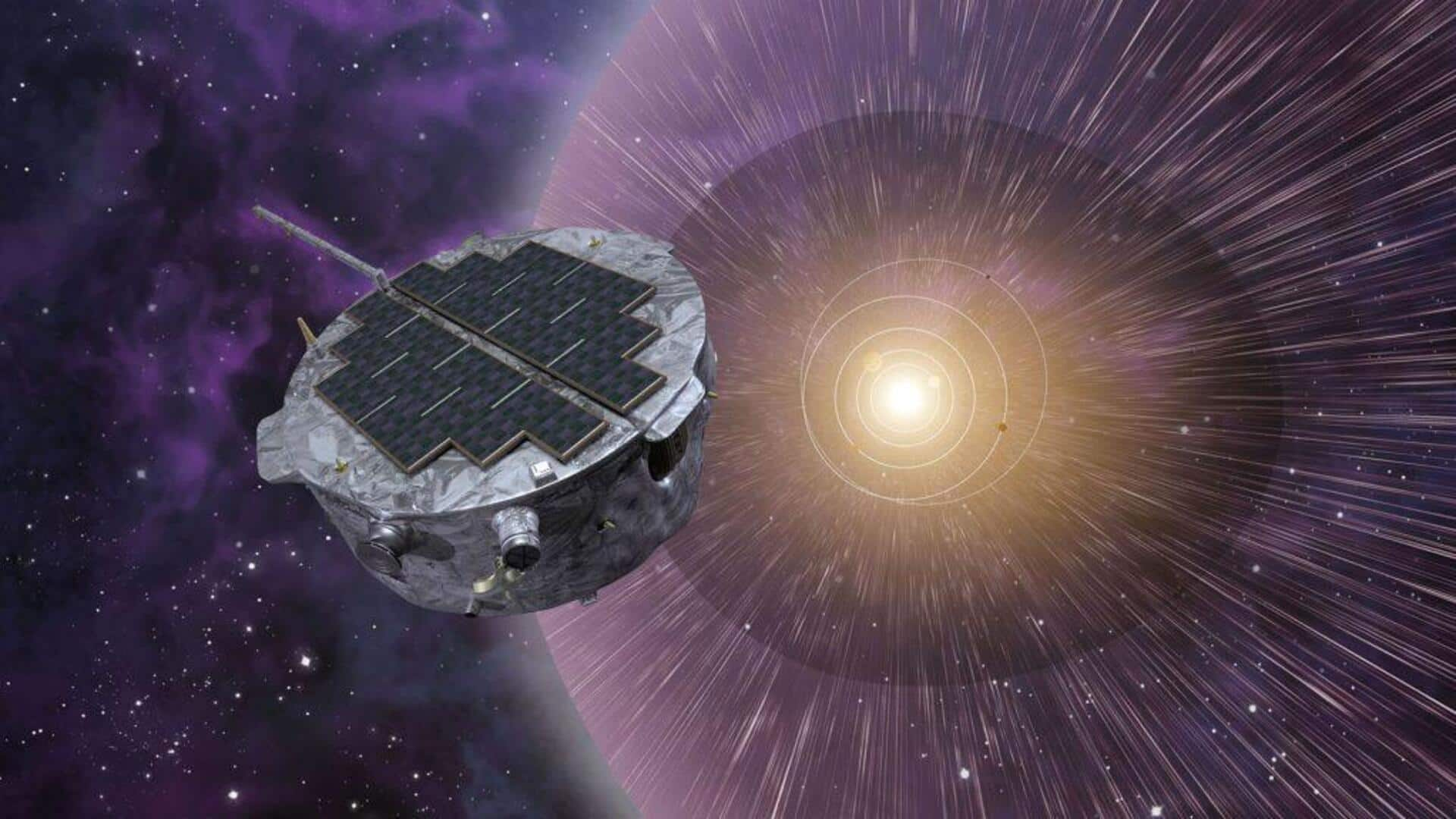
NASA launches IMAP mission to study Sun's magnetic shield
What's the story
NASA has launched a mission to study the heliosphere, the Sun's magnetic bubble that protects our solar system. The Interstellar Mapping and Acceleration Probe (IMAP) was launched from Kennedy Space Center in Florida aboard SpaceX's Falcon 9 rocket at 7:30am EDT on Wednesday. The spacecraft is equipped with advanced sensors and detectors to sample, analyze, and map particles streaming toward Earth from the edges of our solar system and beyond.
Solar exploration
Understanding solar wind and interstellar dust
The IMAP mission will also help researchers learn more about the solar wind, a continuous stream of particles from the Sun. These particles can affect human explorers in space and harm technological systems. They likely play a role in the presence of life in our solar system. The spacecraft carries 10 instruments built by multiple organizations to study these phenomena as well as interstellar dust and other particles, magnetic fields, and ultraviolet light in space.
Mission trajectory
Journey to Lagrange Point 1 begins
The Johns Hopkins Applied Physics Laboratory led the development phase of IMAP and built the spacecraft. It also houses the IMAP mission operations center. At about 8:57am EDT, flight controllers confirmed that the IMAP spacecraft was operating normally and ready to begin its journey to Lagrange Point 1 (L1), some one million miles from Earth toward the Sun. The spacecraft will arrive at L1 in January 2026 for an uninterrupted view of activity at the interstellar boundary and Sun.
Data contribution
Supporting space weather predictions
Some of the spacecraft's instruments will support the IMAP Active Link for Real-Time (I-ALiRT) system. This system will broadcast frequent and reliable information to improve space weather predictions. Along with IMAP, the rocket also launched NASA's Carruthers Geocorona Observatory and NOAA's Space Weather Follow On-Lagrange 1 (SWFO-L1). These missions will further our understanding of the space environment by monitoring solar effects from close proximity to the edges of our solar system.